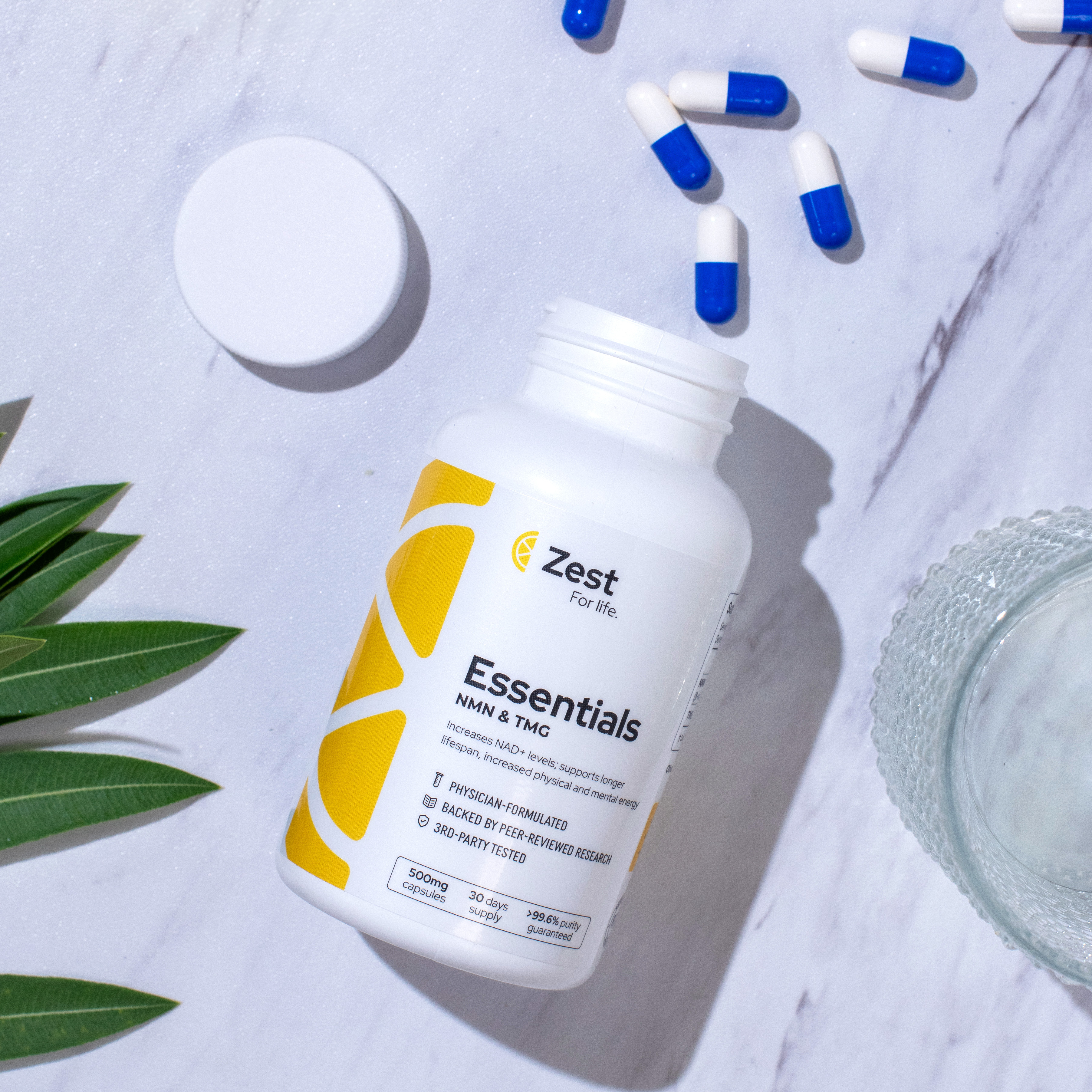April Longevity Challenge

April Longevity Challenge - Calisthenics
Exercise is one of the most important factors for delaying the onset of degenerative diseases and maximizing health at every stage of life. Of all the many forms of exercise, the benefits of calisthenics are most closely aligned with longevity science.
Calisthenics training involves using your bodyweight to work a range of muscle groups at once and includes exercises such as pull-ups, push-ups, planks and lunges. It is all about day-to-day functionality, about pushing off surfaces or pulling your body up over ledges, and seeing how far and high you can jump. Calisthenics enhances your functional fitness, which is your ability to perform movements that are useful in your daily life and that ancient humans would have needed for hunting and survival.
Calisthenics training is particularly relevant to aging because it:
- Focuses on movements and muscle groups used regularly in day-to-day life, so it builds functional strength that improves physical performance and slows age-related decline
- Improves flexibility and balance, which are crucial elements for improved longevity and healthier aging
- Is lower impact than weight-based resistance training, which will increase the longevity of your joints and ligaments
The strength and abilities that you build up through calisthenics are therefore immensely beneficial for your longevity and can effectively lower your biological age.
This is supported by research that shows calisthenics is linked to a longer, healthier lifespan:
- Those who can perform 40 successive push-ups are significantly less likely to suffer from cardiovascular disease in the next 10 years than those who can only do less than 10 [1]
- Exercises such as pull ups, chin ups and dead hangs rely on grip strength, which has been shown to strongly correlate with longer lifespan [2]
- Calisthenics improves coordination and balance [3] which are crucial factors in aging, as shown by a study which found that the inability to balance on one leg for 10 seconds doubles the risk of death by any cause [4]
- Doing calisthenics exercises consistently for 8 weeks significantly improves posture, strength, and body composition [5]
- A 4-month calisthenics program improves physical and mental wellbeing, fitness, and overall quality of life [6]
- A single 30-minute session of calisthenics acutely lowers blood pressure and can prevent high blood pressure in the long-term [7]
- A US army study found that a calisthenics-based exercise protocol provides all the same fitness benefits as a standard weight-based protocol, with added improvements in core markers of longevity [8]
The challenge
The aims of this month’s challenge are to:
- Learn about different types of calisthenics exercises and how to perform them
- Trial as many calisthenic exercises as possible during the week so that you can determine which to integrate into your regular routine
- Assess your current calisthenics abilities in relation to the optimal scores for your demographic and set benchmarks for improvement
- Determine which areas of calisthenics (max strength, muscular endurance or isometric strength) you are strong in and which areas you may look to focus on improving
The challenge will take place during the last week of April (24th - 30th) and will involve testing your abilities by performing a range of exercises across three different categories of calisthenics on three separate days, as shown below:

We suggest leaving a day to rest between each challenge day, so you might choose Monday, Wednesday and Friday as shown above. You should be able to integrate the challenge into your normal workout routine (ideally at the start before you get too tired) since each set of exercises should only take 10-15 minutes to complete.
Day 1: Max strength
Measure the number of continuous repetitions of good form you can achieve before exhaustion for each of the following exercises:

Day 2: Muscular endurance
Measure the maximum number of repetitions you can achieve within 90 seconds for each of the following exercises:

Day 3: Isometric strength
Time how long you can maintain each of the following poses:

Alternative exercises
- Push-ups: knee-down push-ups (easier), wall push-ups (easier)
- Tricep dips: tricep dips with hands on edge of a chair and feet on the floor (easier)
- Jump squats: regular squats (easier), weighted jump squats (harder)
- Jump lunges: regular lunges (easier) weighted jump lunges (harder)
- Burpees: no-push up burpees (stay in high-plank position instead of doing a push-up; easier), down-ups (no push-up and stand up from squat instead of jumping; easier), jumping jacks (easier), burpee chin-ups (perform a chin-up instead of a squat jump; harder).
- Plank: knees-down plank (easier), high plank (harder)
- Side plank: forearm on the floor (easier), forearm and knee on the floor (easiest), split legs (harder)
Be sure to follow along our longevity challenges group where we will be posting more information, answering questions, and sharing our own experiences with the challenge!






